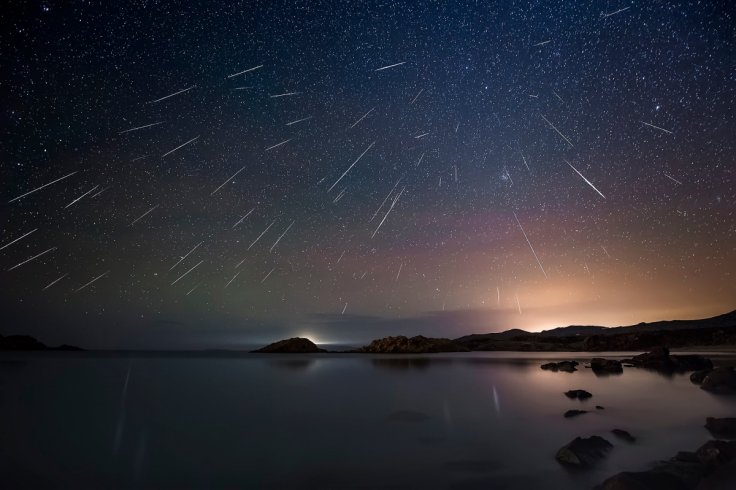
The world's first artificial meteor shower may be happening soon. A Japanese company is apparently set to launch a satellite that will soon produce the first ever man-made meteor rain.
Astro Live Experiences (ALE) is heading the artificial meteor shower project. The Tokyo-based company, headed by founder and CEO Lena Okajima, claims to be the first in the "space entertainment" sector and will be making artificial meteors its main product. ALE has been developing the artificial meteor shower for seven years and will finally be taking the first step to showing results to the world tonight.
On Thursday, the satellite that will produce the first-ever artificial meteor shower is set to be launched into space on Japan Aerospace Exploration Agency (JAXA)'s Epsilon Rocket no. 4 at 9:50 a.m. Japan time (7:50 p.m. EST), according to the BBC. This will be joined by six other satellites.
As for how the artificial meteor shower works, it is said to mimic the real ones. Centimeter-sized pellets will be released by the satellite, and they will produce an array of bright colors when they heat up and disintegrate when they re-enter the atmosphere, more than 37 miles above the ground.
According to ALE, its artificial meteor shower will be even better than the real ones because it will last longer and will be bright enough that even people living in heavily polluted areas would be able to see it.
So when is the first artificial meteor shower happening? Those interested in seeing it will have to wait a while since the man-made meteor shower is not set to occur until 2020. ALE said that next year, they are planning to create an artificial meteor shower over Hiroshima which will be observable within a 124-mile (200-kilometer) radius.
ALE will use the first artificial meteor shower next year to gather data and improve their technology for future launches.
According to NASA, about 30 meteor showers occur annually that are observable to people on Earth. Some of them have been around for hundreds of years, such as the Perseid meteor shower. This particular meteor shower, which occurs annually during August, was first seen around 2,000 years ago based on Chinese annals.
This article was first published in IBTimes US. Permission required for reproduction.









